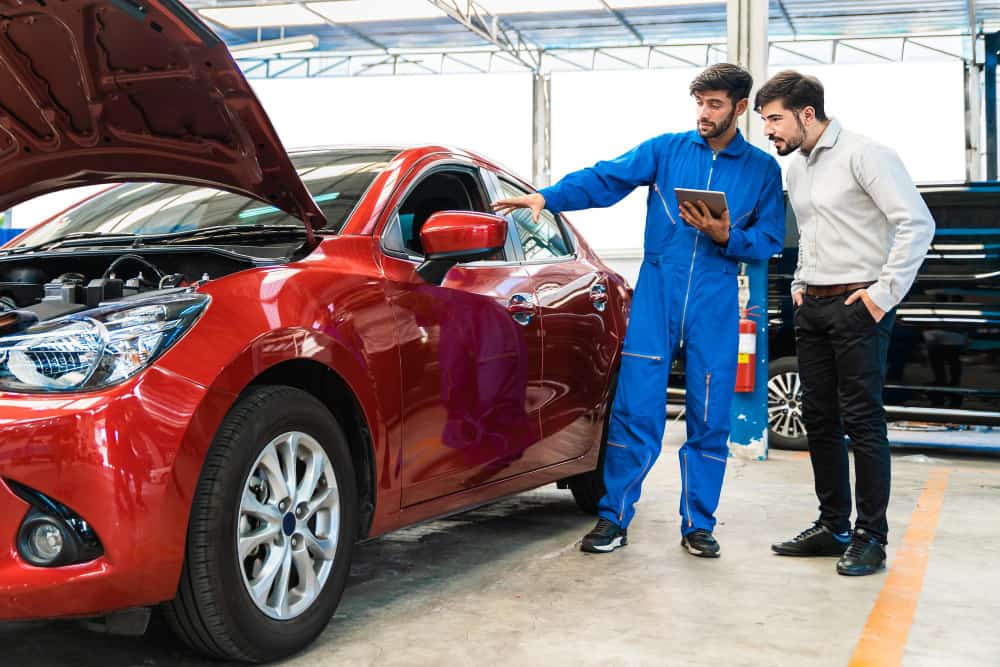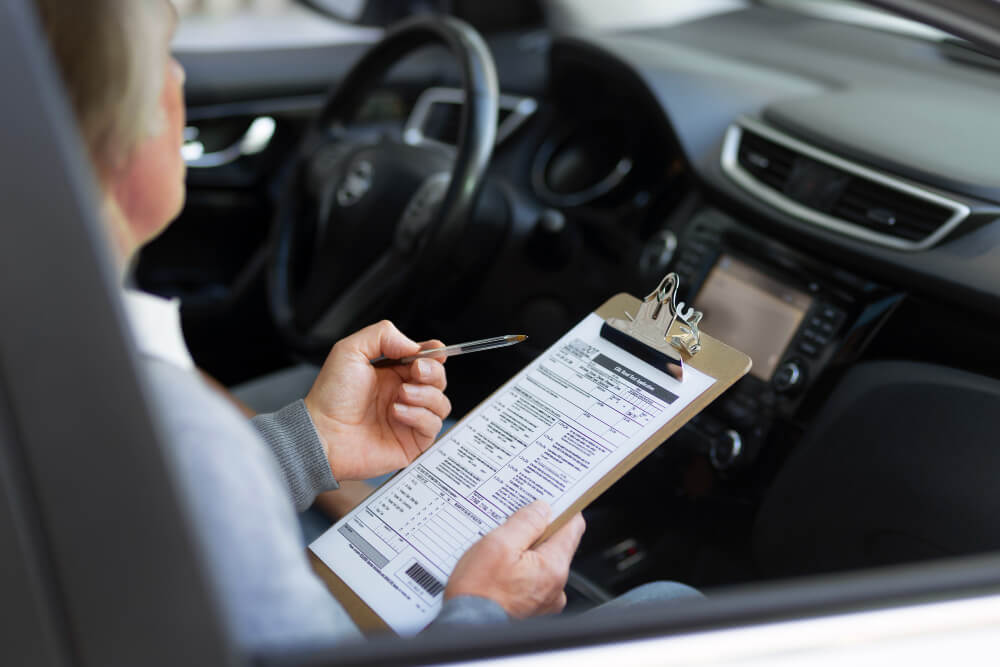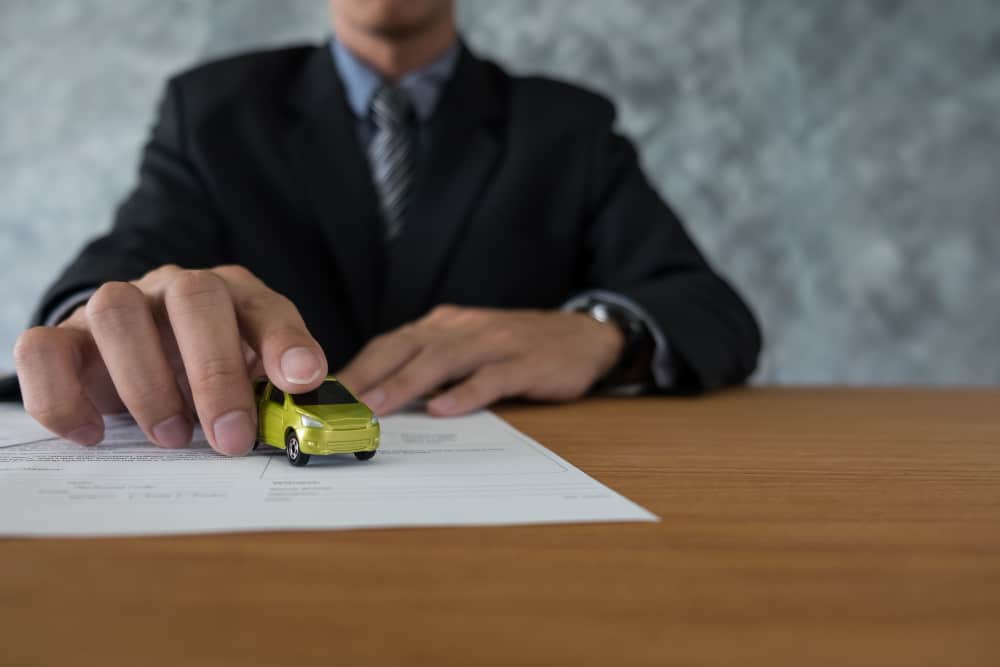Buying a used car can be a great way to save money, especially if you have a limited budget. Used cars, on the other hand, require more care to keep them in good shape than new cars. You can extend the life of your used car, keep it running smoothly, and avoid costly repairs by taking care of it. We will share some suggestions and advice on how to maintain your used automobile to keep it in good shape in this article.
1. Regularly Check Your Car’s Fluid Levels
One of the most important things you can do to maintain your used car is to regularly check its fluid levels. Your car’s engine, transmission, brakes, and power steering all rely on different fluids to function properly. Low fluid levels can cause serious damage to your car’s components, so it’s important to check them regularly and top them up when necessary.
Here are the different types of fluids you should be checking in your used car:
- Engine Oil: Check your car’s engine oil level at least once a month using the dipstick. Top it up if necessary.
- Transmission Fluid: Check your transmission fluid level according to your car’s owner’s manual.
- Brake Fluid: Check your brake fluid level once a month. If it’s low, it could indicate a leak, and you should have your car inspected by a mechanic.
- Power Steering Fluid: Check your power steering fluid level once a month. Top it up if necessary.
2. Change Your Oil Regularly
Oil changes are one of the most important parts of maintaining your used car. Old oil can cause serious damage to your car’s engine, reducing its lifespan and making it more likely to break down. Changing your car’s oil regularly can help ensure that it runs smoothly and extends its lifespan.
Your car’s owner’s manual will tell you how often you should change your oil. Most cars require an oil change every 3,000 to 5,000 miles. If you’re not sure how often to change your oil, consult with a mechanic.
3. Check Your Car’s Battery
You should check your car’s battery regularly as it powers all the electrical systems in the vehicle. Minor issues with the battery can cause burnout of wires and other significant problems. Garages offer affordable car battery testing, which is a minor but crucial service. Keep in mind that car batteries need to be replaced every four to five years, so if your battery has reached that age range, it’s time for a replacement.
4. Inspect Your Tires And Tire Pressure
You should inspect your tires and tire pressure regularly. Tires experience a lot of wear and tear, which is why it’s important to keep an eye on their condition. You can tell when it’s time to replace a tire by looking for worn-out tread and cracks in the rubber.
In addition to checking the tire tread, you should also check the air pressure in your tires. Incorrect air pressure can lead to lower fuel efficiency and increase the risk of a tire blowout. Additionally, make sure to check for loose tires, which can make them unsuitable for driving on the road. By inspecting these tire-related factors, you can save money by avoiding costly repairs that may result from poor maintenance.
5. Rotate Your Tires
Regular tire rotations can help ensure that your used car’s tires wear evenly, which can help them last longer. Most mechanics recommend rotating your tires every 5,000 to 7,000 miles, or roughly every six months. This will help prevent uneven wear, which can cause your tires to wear out more quickly and reduce your car’s handling and performance.
6. Check Your Car’s Brakes
Your car’s brakes are one of the most important components of its safety system. Regularly checking your brakes can help ensure that they’re working properly and that you can stop your car quickly in an emergency. Garage experts suggest that you check your brake pads every 12,000 miles and replace brake fluids every 25,000 miles. However, keep in mind that these estimates primarily depend on your vehicle and driving style.
Here are some signs that your brakes may need to be checked:
- Squeaking or grinding noises when you apply the brakes.
- A vibrating or shaking steering wheel when you brake.
- The brake pedal feels soft or spongy.
- Your car pulls to one side when you brake.
- If you notice any of these signs, have your brakes checked by a mechanic as soon as possible.
7. Check Engine Belts And Hoses
As a part of your regular car maintenance routine, it is important to check the engine belts and hoses. There are different types of belts in an engine, including the drive belt and timing belt. The timing belt is responsible for synchronising the engine’s crankshaft, valves, and pistons on time.
On the other hand, drive belts use the engine’s revolutions to power systems such as the power steering, water pump, alternator, and AC compressor. Hoses carry important fluids such as brake fluid, gas, anti-freeze, and air. These components are essential for the smooth operation of your vehicle’s engine, so car owners must check them regularly.
8. Test Your Car Lights
If you have broken lights or bulbs on your vehicle, it can significantly reduce your visibility on the road, especially at night. This increases the risk of accidents while driving in low-light conditions. Therefore, you should test your car lights regularly to ensure they are functioning properly.
This includes checking your headlights, taillights, brake lights, turn signals, and emergency flashers. Properly functioning lights are important for your safety while driving, and can also prevent you from getting a ticket for a broken or malfunctioning light.
9. Keep Your Car Clean
Keeping your used car clean can help prolong its lifespan and make it more pleasant to drive. Dirt and debris can accumulate on your car’s exterior and undercarriage, causing rust and other damage. Regularly washing your car can help remove dirt and debris and prevent rust from forming.
In addition to washing your car, you should also vacuum the interior regularly and wipe down surfaces to prevent dirt and dust buildup.
10. Change Your Engine’s Air Filter
A dirty engine air filter can reduce the efficiency of your engine, causing it to pull in dirt, dust, debris, sand, and potentially causing damage. Installing a new engine air filter allows your vehicle to receive clean air, which is essential for the combustion process.
As a result, garage experts suggest that you regularly inspect your engine’s air filter and replace it at extended mileage intervals as needed.
11. Follow Your Car’s Maintenance Schedule
Your car’s owner manual will include a maintenance schedule that outlines when different components should be checked and replaced. It’s important to follow this schedule to ensure that your car remains in good condition and to avoid costly repairs down the line.
12. Have Your Car Inspected Regularly
Regular inspections by a mechanic can help catch small issues before they turn into bigger and more expensive problems. Have your car inspected at least once a year or every 10,000 miles. During an inspection, the mechanic will check various components of your car, including the brakes, suspension, steering, and tires.
13. Address Issues Promptly
If you notice something unusual about your car, such as a strange noise or a warning light on the dashboard, or check engine light is ON, don’t ignore it. Addressing issues promptly can help prevent them from turning into more serious problems. Even if the issue doesn’t seem urgent, it’s always best to have a mechanic check it out to be sure.
14. Drive Carefully
How you drive your car can have a significant impact on its lifespan and condition. Avoid harsh braking and acceleration, which can put a strain on your car’s components. Instead, try to drive smoothly and at a steady pace. Also, be mindful of potholes and other road hazards that can cause damage to your car’s suspension and tires.
15. Store Your Car Properly
If you’re not using your car for an extended period, such as during the winter months, it’s important to store it properly to prevent damage. Here are some tips for storing your car:
- Clean the interior and exterior thoroughly to remove any dirt or debris.
- Fill up the gas tank to prevent moisture from accumulating inside.
- Use a car cover to protect it from dust and other debris.
- Consider placing a moisture absorber inside the car to prevent mould and mildew from forming.
Conclusion
Maintaining your used car doesn’t have to be difficult or expensive. By following these tips and advice, you can keep your car in good condition, prolong its lifespan, and avoid costly repairs down the line. Regular maintenance, inspections, and addressing issues promptly are key to keeping your car running smoothly. Additionally, driving carefully and storing your car properly can also help prevent damage and ensure that it stays in good condition for years to come.
FAQs
The lifespan of a tire varies depending on the type of tire and driving conditions. Generally, it’s recommended to replace tires every 6 years, regardless of tread depth. Check your tire manufacturer’s recommendations for specific guidelines.
Some maintenance tasks, such as checking fluid levels or changing the air filter, can be done by the owner. However, more complex tasks such as changing the oil or replacing the brakes may require a professional.
To prolong the lifespan of your battery, make sure to turn off all lights and electronics when you’re not using the car, avoid short trips, and have the battery tested regularly.
If your car overheats, pull over to a safe location and turn off the engine. Let the engine cool down before opening the hood. Check the coolant level and add more if necessary. If the problem persists, have your car inspected by a professional.




